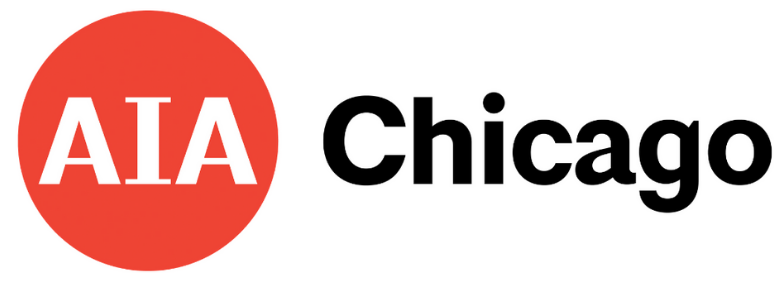
Big Box Reuse: Transforming a Kmart Into Cristo Rey St. Martin College Prep High School
Juan Moreno, AIA, founding principal, and project manager Katie LaCourt, AIA, of JGMA will discuss the firm's ambitious reuse of an abandoned Kmart in Waukegan, Illinois, a model for possibilities nationwide. Akin to its many adjacent industrial sites, this derelict former big-box store, located at the gateway to Waukegan, appealed only to squatters until Cristo Rey St. Martin College Prep took an interest. The school is part of the national Cristo Rey network of schools whose mission is to provide high-quality education through a unique pedagogy to students in underprivileged communities. The school's existing facility no longer met its needs, and it looked to its neighbor, the abandoned Kmart, as a possible new home. The building lacked identity and had no connection to its community. Looking past the stigma of an empty big box, the deep floor plates, and the lack of daylighting, there were opportunities: the tall volume, an open floor plan, and adjacent wetlands that could be transformed from an eye-sore into a beacon for Cristo Rey St. Martin. This project is a manifestation of the power of architecture to transform lives and communities. It has become a metaphor for successful change in Waukegan. The project demonstrates that transformational design can occur at any cost, and innovative design is not limited to projects with large budgets. Creative use of resources can lead to impactful and purposeful design. Most importantly, this project has become an integral part of its community and an inspiration as it proudly proclaims its new identity.
Sponsored by AIA Chicago
Juan Moreno, AIA, founding principal, and project manager Katie LaCourt, AIA, of JGMA will discuss the firm's ambitious reuse of an abandoned Kmart in Waukegan, Illinois, a model for possibilities nationwide. Akin to its many adjacent industrial sites, this derelict former big-box store, located at the gateway to Waukegan, appealed only to squatters until Cristo Rey St. Martin College Prep took an interest. The school is part of the national Cristo Rey network of schools whose mission is to provide high-quality education through a unique pedagogy to students in underprivileged communities. The school's existing facility no longer met its needs, and it looked to its neighbor, the abandoned Kmart, as a possible new home. The building lacked identity and had no connection to its community. Looking past the stigma of an empty big box, the deep floor plates, and the lack of daylighting, there were opportunities: the tall volume, an open floor plan, and adjacent wetlands that could be transformed from an eye-sore into a beacon for Cristo Rey St. Martin.
This project is a manifestation of the power of architecture to transform lives and communities. It has become a metaphor for successful change in Waukegan. The project demonstrates that transformational design can occur at any cost, and innovative design is not limited to projects with large budgets. Creative use of resources can lead to impactful and purposeful design. Most importantly, this project has become an integral part of its community and an inspiration as it proudly proclaims its new identity.
The American Institute of Architects Chicago (AIA Chicago) is the largest chapter of licensed architects, architectural interns, and allied professionals within AIA Illinois, and the second largest AIA chapter in the country.
AIA Chicago offers lectures and continuing education courses; numerous award programs; specialized, issue-specific Knowledge Communities; advocacy for architects; daily communications online and through its in-house magazine, Chicago Architect; and help for consumers looking for an architect. Learn more at www.aiachicago.org









